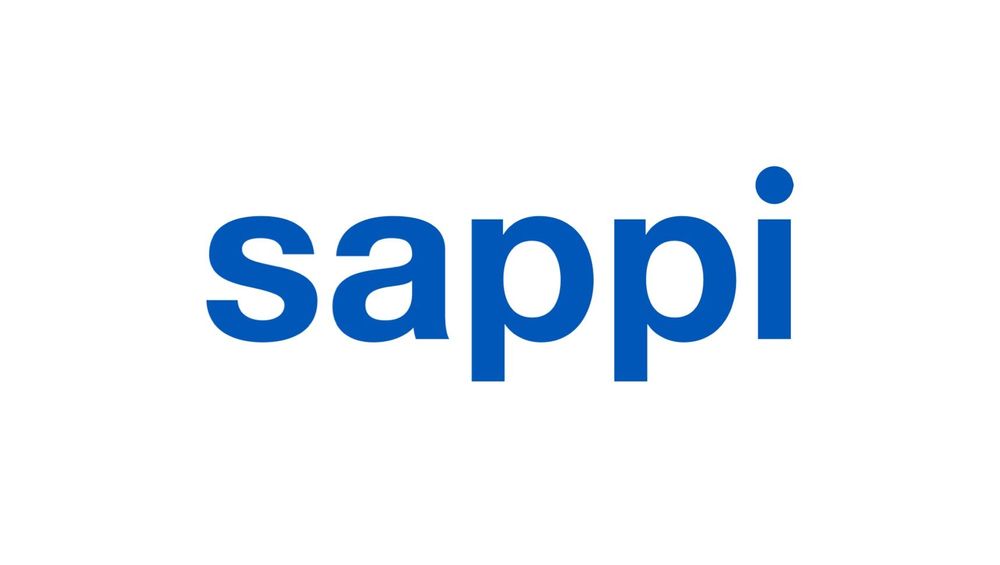Sappi’s Jennifer Miller Dives Into its 2020Vision and the Importance of Continuing a Circular Economy

Jennifer Miller was named Chief Business Sustainability Officer for Sappi North America in August 2015. In this new role, she is focused on identifying strategic growth and diversification opportunities for the Company as well as continuing to lead the sustainability strategies for all four of Sappi North America’s businesses.
Q: What is your focus in your new role as Chief Business Sustainability Officer?
Our strategic vision, as rolled out to our employees and other constituencies this past summer, is to substantially increase Sappi’s global EBITDA by 2020, otherwise known as the “2020Vision.” 2020Vision reflects a confident view of our ability to grow, not just by maintaining and improving returns in our core mature markets, like coated paper, but also through top-line growth in our newer businesses, like speciality packaging. Specifically, Sappi aims to increase the EBITDA contributions of specialty packaging and new business to 35 percent of group earnings, up from its current level of less than 20 percent. My new role is to identify opportunities in North America to achieve that goal.
We understand that to be a truly sustainable business, one that is here for the long run, you have to be a growth business, one that is constantly exploring how our expertise, proprietary technology and management strengths can unlock value in new markets. To do this, I will be working closely with Mark Gardner, Sappi North America President and CEO, and other leaders in the Company to identify those growth opportunities in both current and adjacent markets for the North American business. I will also continue my leadership role in driving Sappi North America’s ongoing sustainability initiatives.
Q: As you think about emerging trends in the sustainability world, what do you see as particularly relevant to Sappi’s plans for the future?
There was a lot of reflection across corporate America and the globe after the Volkswagen crisis hit the news this summer. Leaders are asking themselves: Is my company doing enough to protect its economic goodwill, its relationships with customers, its credibility with the government and shareholders through inculcating the right ethical culture, having a strong control environment in place and establishing accountability throughout the organization? At Sappi we pride ourselves on our strong corporate governance, our transparency and our explicit linkage of sustainability and safety goals to business decisions and capital allocation. But we can’t stop there. We must continue to take ownership of issues beyond our mill gates, and collaborate with industry partners to bring about positive innovation and improvement. We must be prepared to take public stances on social and environmental issues that impact our company and our industry. We must also encourage our customers to act responsibly in how they consume and dispose of our products. Recognizing that we are part of the circular economy with influences outside of our organizational boundaries positively affects our returns and growth. Doing so just makes good business sense.
Q: “Circular economy” is creating a buzz in sustainability circles these days. Do you see this as a legitimate business model for Sappi North America to adopt?
We already have. Sappi has never subscribed to a linear “take, make, waste” model of consumption that proponents of a circular economy aim to redress. We are committed to efficient management of material streams and the recycling and re-use of industrial by-products. Our five-year goals on waste reduction and energy efficiency are just two examples of that commitment. We have been successful in minimizing the use of landfills by burning the by-products of our operations in our energy island and by providing other by-products, like fly ash, for beneficial use by local farmers. And, importantly, we are very involved in education and outreach programs that lead to higher recovery of paper and other recyclable materials, keeping them out of landfills to avoid the generation of methane gas.
Q: You have a major role in the paper and packaging industry’s check-off campaign. How is that going, and do you think it will play a part in sustaining and increasing demand for those products?
As a member of the Board of Directors of the Paper and Packaging Board and Chair of the Marketing Committee, I was very pleased with the July launch of “How Life Unfolds™,” a consumer campaign with TV ads, a print campaign and a robust social media and public relations program. Early indications are very encouraging, with over 876.7 million total impressions, 2.17 million total engagements, and more than 1,600 media stories across a wide range of consumer and trade publications. We will be tracking consumer engagement, awareness and ultimately changes in consumption over the life of the campaign.
What I have found most encouraging about this campaign is what our market research is telling us about our target audience: the 38 million adults aged 18–49 that we call “Expressives.” They are educated, achievement-oriented and want to do the right thing. Importantly, these Expressives are very open to using more paper and paper packaging, as they see those products are humanizing influences in an increasingly dehumanized world. They don’t want technology to replace genuine relationships. Of course, being socially motivated, they want to learn more about how to recycle, consume wisely without waste and understand the renewability of our products. We will meet these needs for better education on the campaign website. And, of course, most importantly, the consumer campaign will continue to celebrate the unique relevance of these products in their everyday lives. I am very optimistic about the prospects of this campaign translating into sustained and growing demand for paper and paper-based packaging. This is truly an exciting and long-overdue industry collaboration that Sappi is pleased to support.
Jennifer Miller
Chief Business Sustainability Officer
Read more from key executives in the 2015 Sappi North America Sustainability Report: http://bit.ly/21KNUHW.

